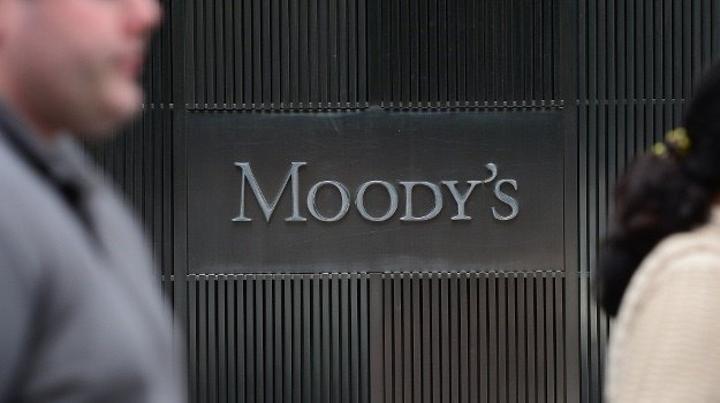Africa-Press – South-Africa. The
credit rating agency Moody’s upgraded its outlook on South Africa from “negative”
to “stable”.
Moody’s previously rated South Africa at Ba2 (two rungs below
investment grade), with a negative outlook – which means the next step could
potentially be another downgrade.
It is keeping South Africa at Ba2, but
changed its outlook to “stable”, saying that South Africa’s fiscal
position has “markedly recovered” from the pandemic thanks to high commodity
prices, which boosted tax revenue, and government’s fiscal consolidation
measures, including that it was able to keep growth in the public sector wage
bill to 1.6%, well below inflation.
“Indeed,
over the last two fiscal years, the government has shown it was able to
re-prioritise its spending while staying committed to fiscal consolidation,
which Moody’s expects will remain the case going forwards.”
In 2020, Moody’s stripped
South Africa of its investment grade rating, downgrading government
bonds to “junk”. A “junk” rating means there’s a bigger
chance that the government won’t be able to pay back its debts.
“This
marks an improvement compared to Moody’s previous projections of a long period
of ever-rising debt-to-GDP.”
Government
has managed to cut its primary deficit (the difference
between its income and spending, excluding interest payments) to
1.3% of GDP over the past year, compared to Moody’s forecast of 3.4%.
Moody’s
also expects that tax compliance is likely to improve gradually as the South
African Revenue Agency (SARS) rebuilds some of its institutional capacity, and
highlighted South Africa’s “sound” financial sector, as well as strong exports
thanks to commodity prices.
In addition,
it noted that the Reserve Bank’s foreign-exchange reserves fully covered annual
external debt payments. “The central bank has a long-standing policy of
refraining from intervening to prevent depreciation, thereby preserving
buffers.”
But it
warned that the state-owned enterprises (SOEs) remain weak and poses risks to government’s
debt burden. In addition, a “malfunctioning” labour market could fuel “social
risk” and Moody’s is also concerned about the impact of load shedding on the
economy.
“Moody’s
expects these constraints to remain and forecasts GDP growth at only about 1.5%
in the medium term.
“Very
weak SOEs across a number of sectors, including electricity and transport, both
contribute to weak growth and are affected by it, without any prospects of
significant improvements in the foreseeable future.”
Still, it
said that South Africa’s ratings could be upgraded if it showed significant
progress towards alleviating these structural constraints on growth. “Firm
signs that the rehabilitation of the energy sector is underway would also be a
key marker, pointing to higher growth and lower contingent liability risks from
the SOEs sector.”
Ratings
could be downgraded if growth prospects and government’s fiscal strength
deteriorated.
In a statement, National Treasury welcomed Moody’s
upgrade to South Africa’s outlook.
It said that government is using a part of its additional
tax income (a windfall due to the high commodity prices) to pay off more debt,
while most of it will go towards urgent social needs, including job creation
through the presidential employment initiative, and supporting the public
health sector.
“Faster implementation of economic and SOC [state-owned
corporation] reforms, accompanied by fiscal consolidation to provide a stable
foundation for growth, will ease investor concerns, and support a faster
recovery and higher levels of economic growth,” Treasury said.
For More News And Analysis About South-Africa Follow Africa-Press






